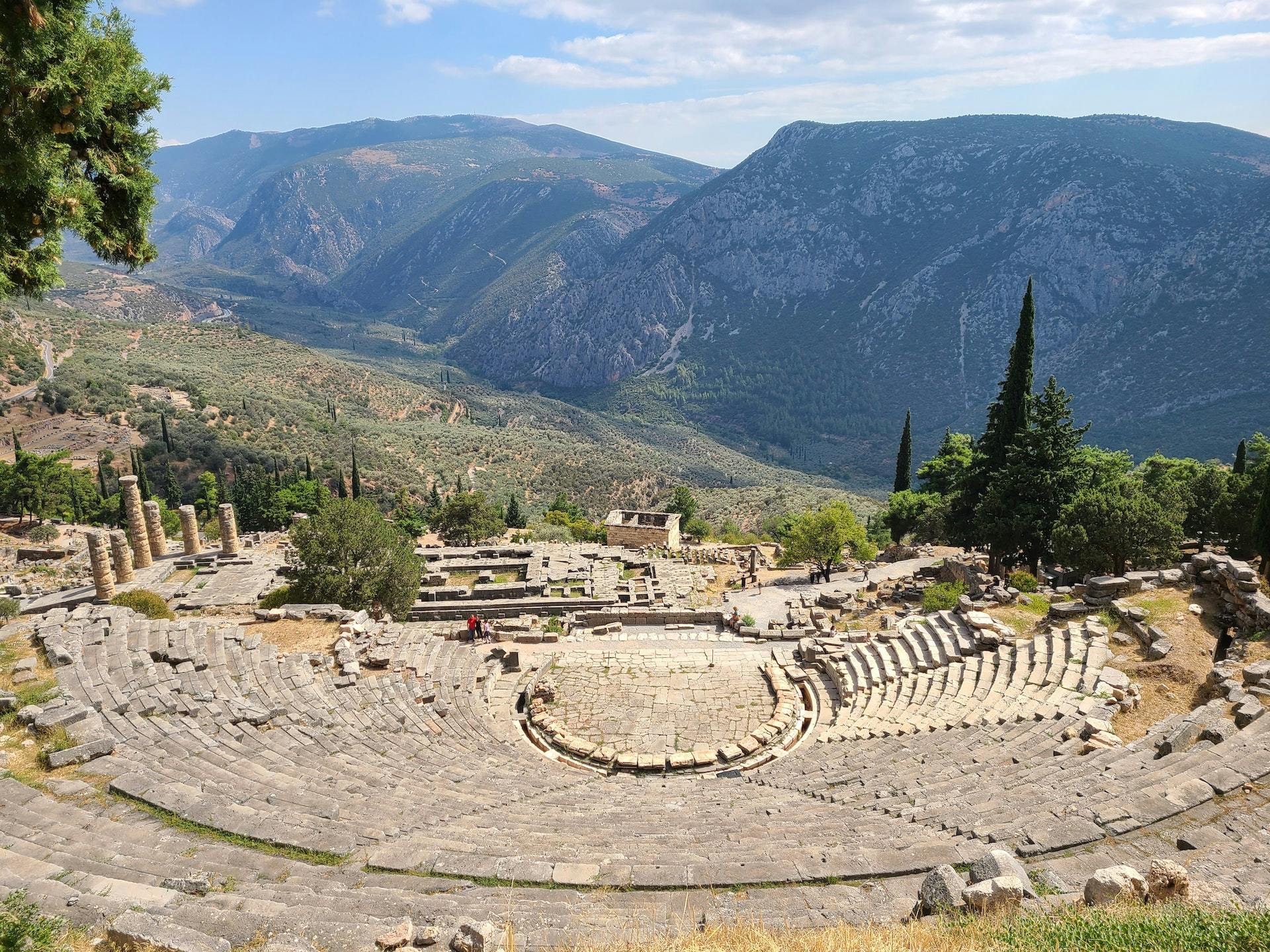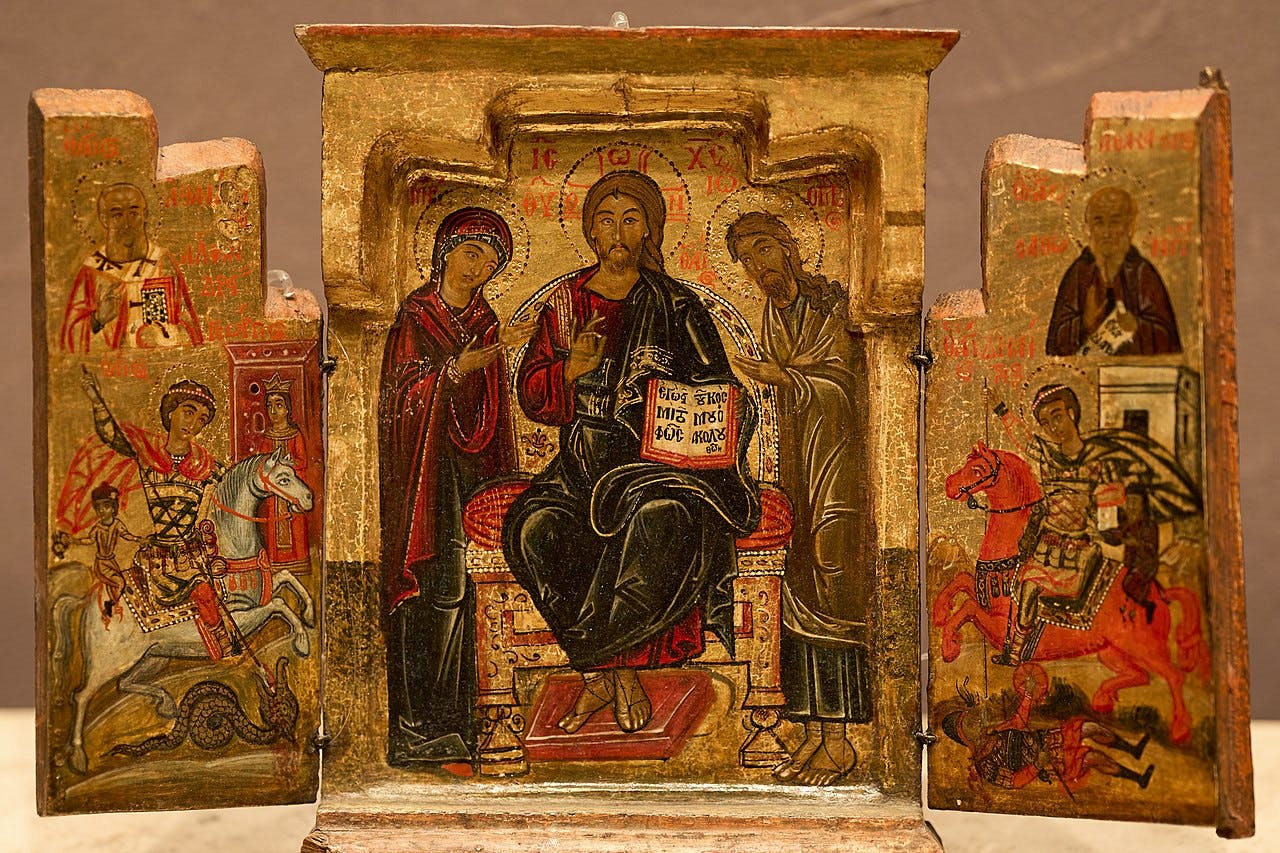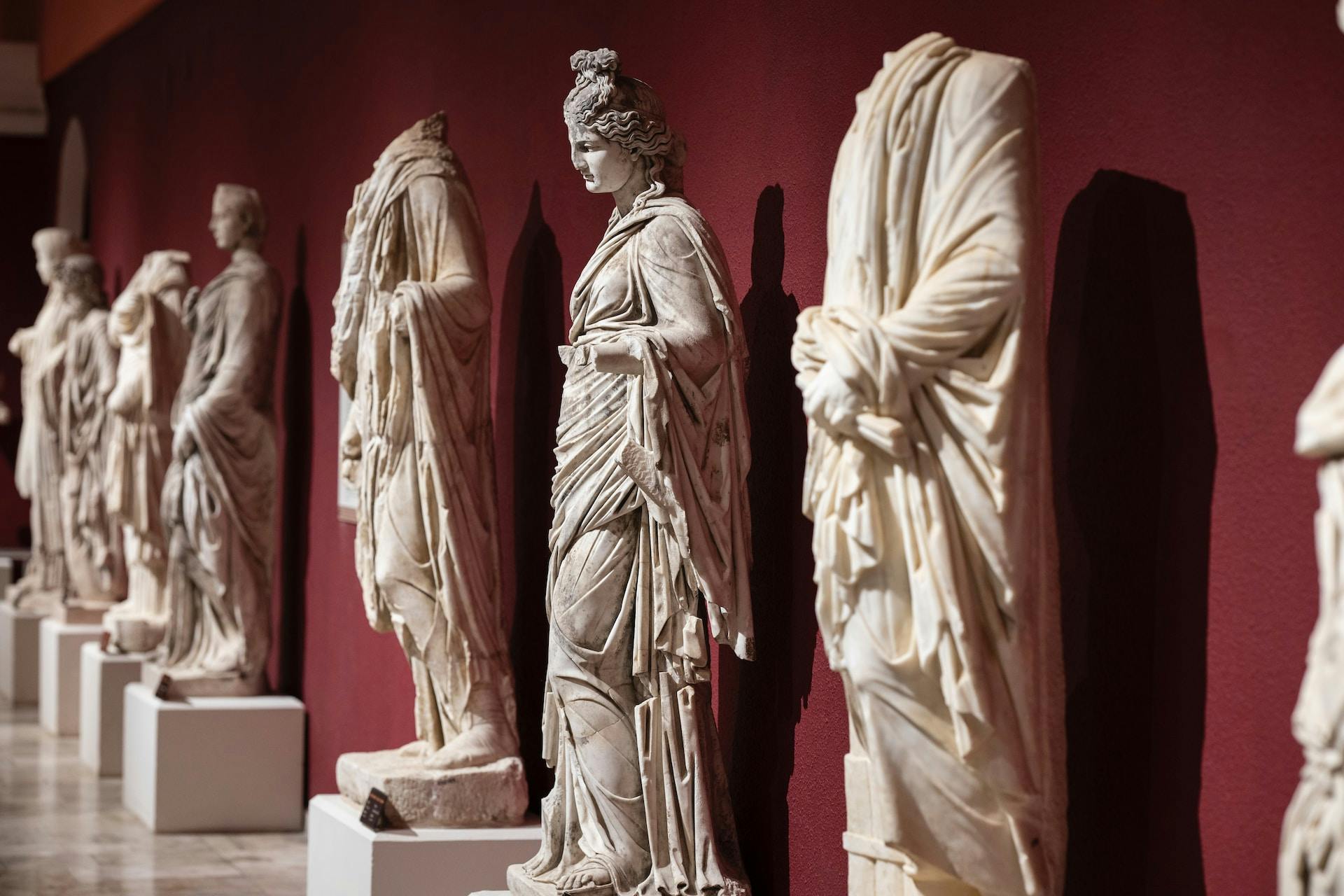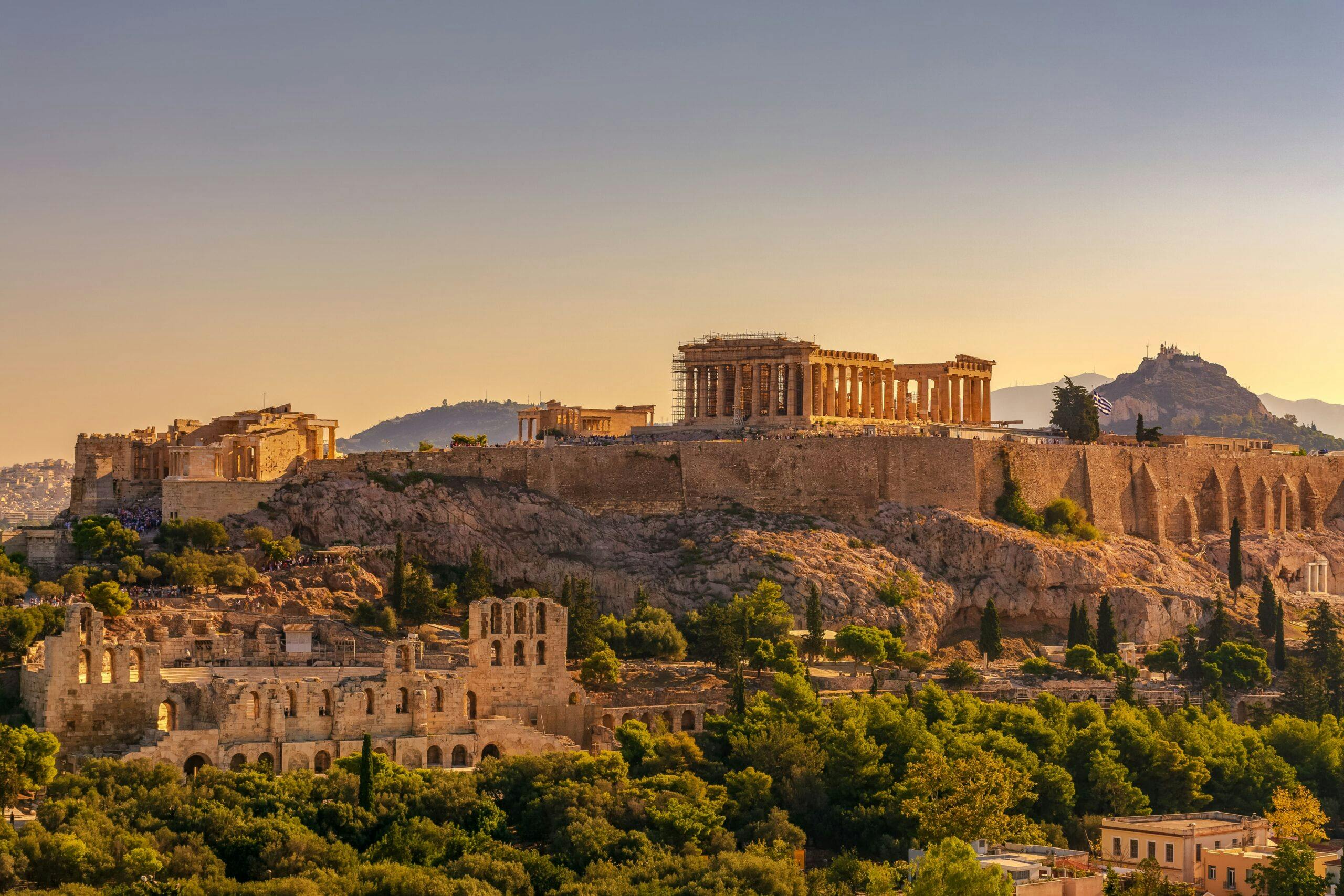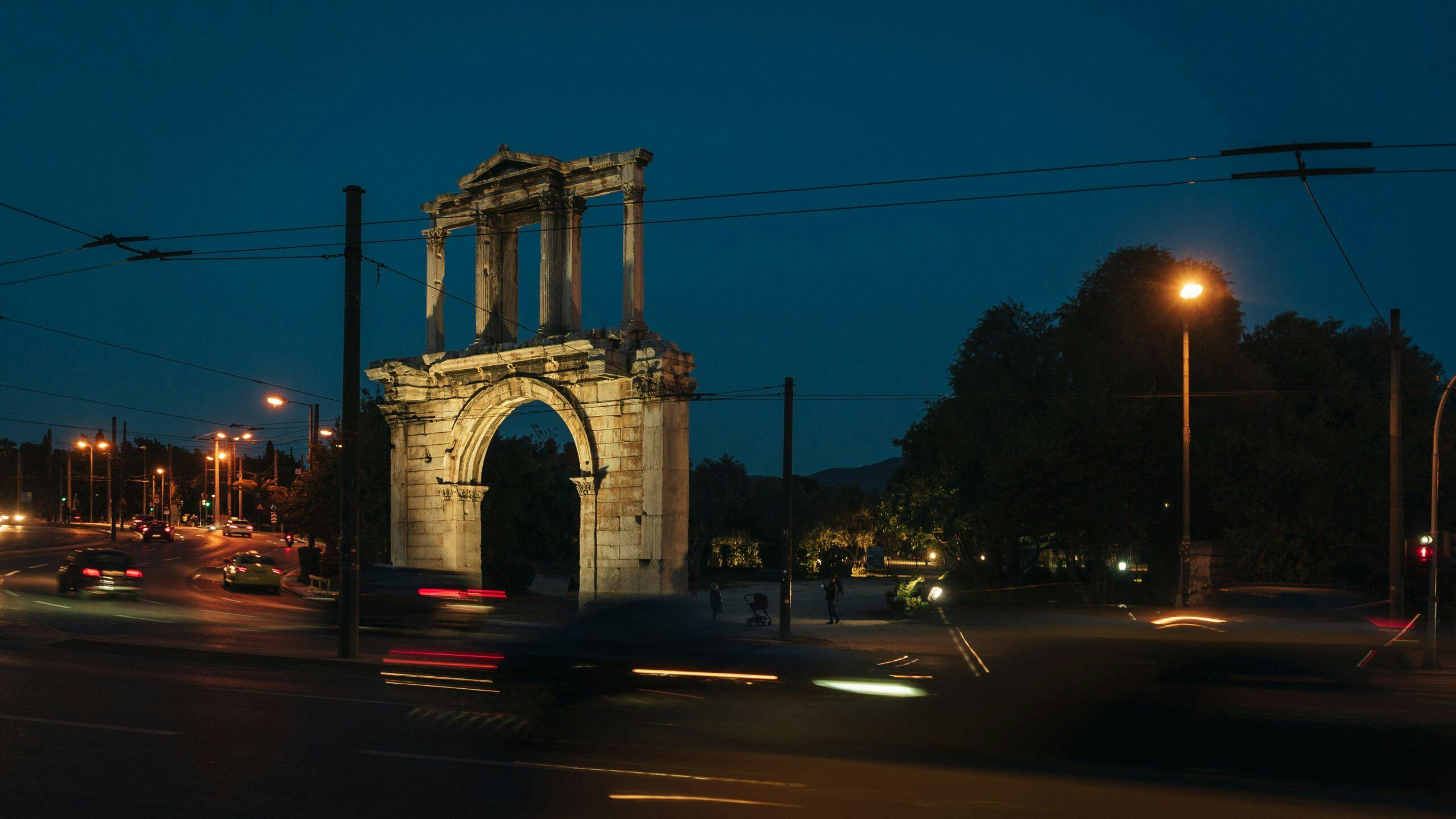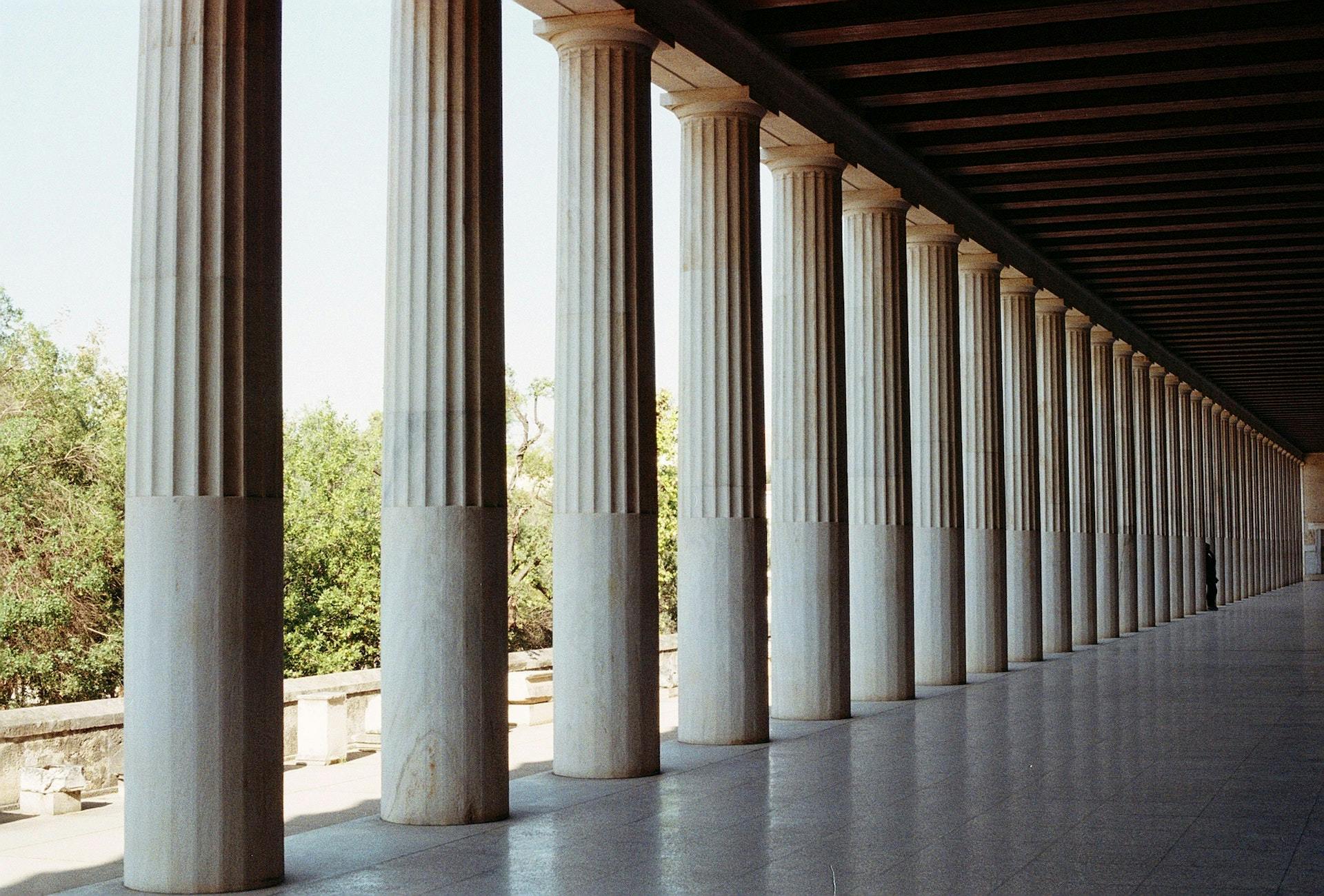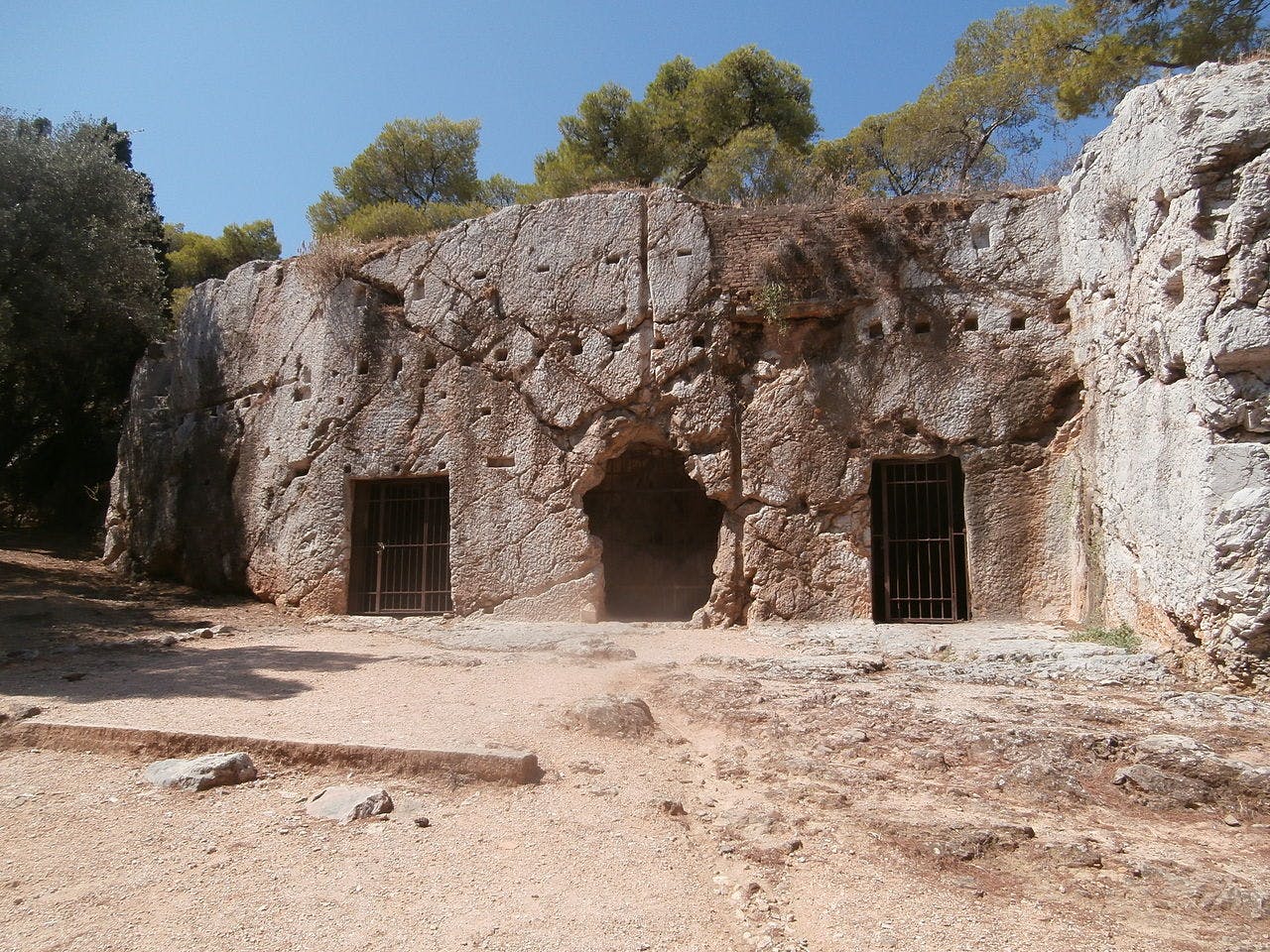Accomodation
Finding accommodation in Athens is relatively easy, with options for every budget. The city center provides a variety of hotels, ranging from luxurious to more affordable ones. Staying in areas like Plaka, Monastiriaki, Syntagma Square (and generally around the Acropolis) ensures proximity to major landmarks and attractions. For a more authentic experience, consider booking a room in a traditional guesthouse in one of the other older neighborhoods, such as: Thiseio, Psyri, Koukaki.
Transportation
Athens also offers convenient and efficient transportation options. The city boasts an extensive metro system that connects various neighborhoods and key attractions, making it easy to get around the city. Additionally, buses and trams provide excellent coverage, offering convenient access to different parts of Athens. Consider purchasing daily tickets or multi-day passes for unlimited use of public transportation.
Eat
Athens is a culinary paradise, providing a wide array of dining options. Plaka, the oldest neighborhood in the city, is known for its traditional Greek tavernas and charming outdoor seating. Here, you can indulge in delicious Greek dishes like “moussaka,” “souvlaki“, and “spanakopita“. For a more modern and trendy dining experience, head to areas like Kolonaki or Psyri, where you’ll find contemporary restaurants serving both Greek and international cuisines.
Nightlife
The nightlife in Athens is vibrant and diverse. Popular areas for enjoying drinks and entertainment include Gazi and Exarcheia, which are known for their lively bars and clubs. While in Athens, don’t miss the chance to try some famous Greek drinks like “ouzo” and “tsipouro“. Additionally, the city has many rooftop bars that offer stunning views of the Acropolis and the city’s skyline.
Shopping
Shopping enthusiasts will be delighted with the options in Athens. Ermou Street, a bustling pedestrian avenue, is a shopping paradise with a mix of international brands and local boutiques. For a more unique and artisanal shopping experience, visit Monastiraki Flea Market, where you can find vintage items, souvenirs, and traditional Greek crafts. Of course, strolling at least once along the Plaka district is a must.
Day Trips
Athens serves as an excellent base for exploring nearby destinations. Consider taking a day trip to the ancient site of Delphi, a UNESCO World Heritage site known for its archaeological significance. You can also visit the beautiful Saronic Islands, such as Aegina or Hydra, for a relaxing escape from the city’s hustle and bustle.
- Delphi: Day Tour from Athens
- Hydra, Poros and Aegina: Day Cruise + Lunch from Athens
- Athens to Meteora: Day Trip by Train in English or Spanish
Overall, Athens captivates visitors with its rich history, ancient landmarks, and vibrant culture. Whether you’re interested in ancient history, contemporary art, or simply savoring delicious Greek cuisine, this city offers a captivating and memorable experience that seamlessly blends the old with the new.

